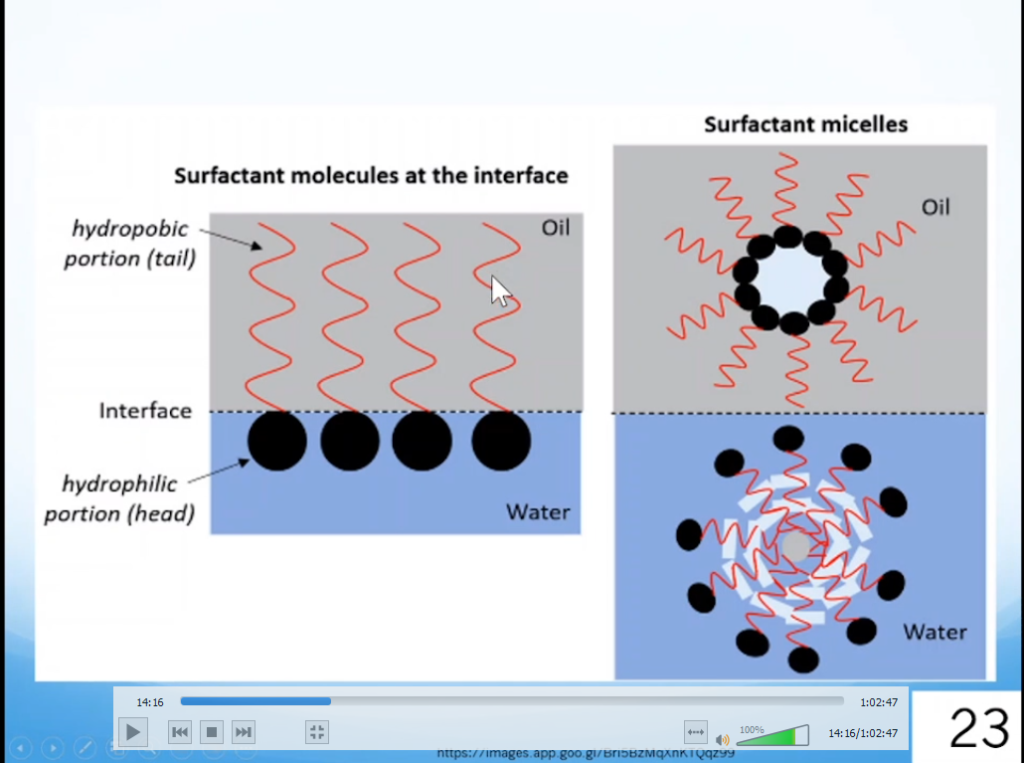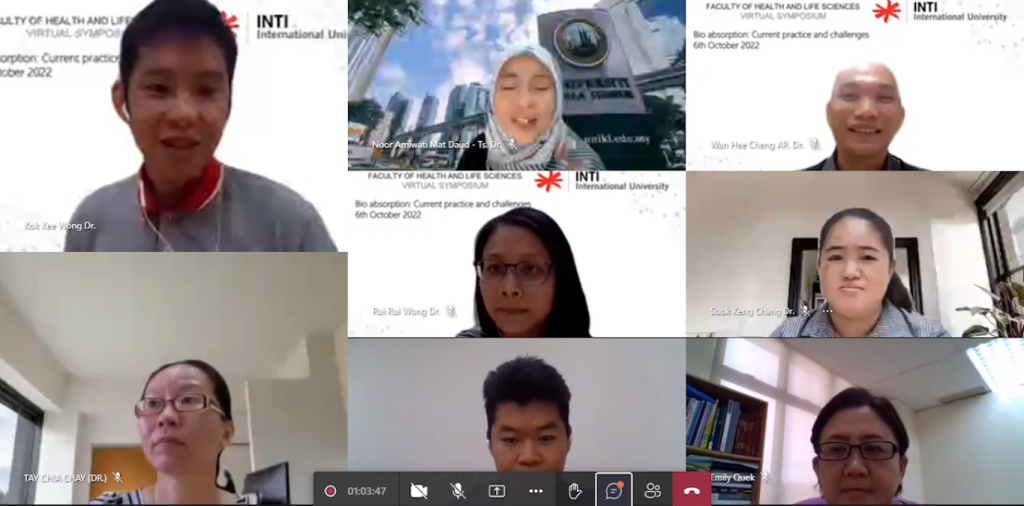By Rubendran Sathupathy
Aimed at sharing about the current practices as well as the challenges in bioabsorption and bioremediation fields, INTI International University’s Faculty of Health and Life Sciences (FHLS) organized the virtual symposium “Bio Absorption: Current Practices and Challenges” on 6th October.
The presenters comprised Dr. Tay Chia Chay, Associate Professor at University Teknologi MARA, and Dr. Noor Arniwati Mat Daud, Senior Lecturer at University Kuala Lumpur. Dr. Wong Kok Kee, Senior Lecturer at FHLS moderated the forum.
According to Dr. Tay, the current conventional methods to treat pollutants in water are expensive, require high energy utilization, and produce secondary contaminants. Hence, another approach was used which is bioremediation.

Bioremediation is the procedure of eliminating toxins using microorganisms such as bacteria or fungi. Currently, ligninolytic fungi were found to be the best possible bioremediation solution for pollutant contamination, especially at high concentrations.
However, bioremediation has some limitations including not being efficient enough, and it is affected by environmental factors. Therefore, biostimulation was proposed as an alternative solution.
Biostimulation is the incorporation of additional nutrients to the site while simultaneously adjusting the pH level, and soil moisture content, and ensuring sufficient aeration for the growth of microorganisms for an effective bioremediation process.

Dr. Tay experimented and found that inorganic stimulants such as nitrogen, ammonium nitrate, and potassium nitrate were less effective in removing contaminants compared to organic stimulants like green waste, humic acid, and uric acid.
Meanwhile, Dr. Arniwati spoke about adsorption to remove heavy metals. Heavy metals such as lead are used in the manufacturing of televisions, batteries, and paint. It can cause brain and nerve damage, high blood pressure, and hearing and digestive problems.
Adsorption is the adhesion of atoms, ions, or molecules from a gas, liquid, or dissolved solid to a surface. It is sourced from natural materials, industrial by-products, and agricultural and forest waste. It is considered one of the most popular processes to remove heavy metals due to its application feasibility and higher efficiency.
Dr. Arniwati performed research to determine the potential of banana peels and sugarcane bagasse to remove lead ions from water. She concluded that a combination of both is the most efficient way to remove lead from water.
The absorption of lead ions was influenced by two factors: the type and dosage of bio-adsorbents.

When the amount of bio-adsorbent was gradually increased from 0.1 to 1.0g, the percentage of lead removal was increased up to 70%. This is because of the increase in available bindings sites.
However, the efficiency removal was decreased after 1.0g. This is due to the formation of aggregates between high adsorbent doses, and it reduces the effective active site area.
22 participants, including students and lecturers from INTI, attended the symposium.

